calsfoundation@cals.org
T. W. Hardison (1884–1957)
Thomas William Hardison is known as the founder of the Arkansas state park system, though he was also renowned in the disparate areas of medicine, archaeology, resource conservation, community service, natural and cultural history, and literature.
T. W. Hardison was born in Richland (Columbia County) on April 2, 1884, to Dr. William Harvey Hardison and Caroline Peavy Hardison. Hardison entered Hendrix College in Conway (Faulkner County) in 1902 but left the next year for Memphis Hospital Medical College. After two years in medical school, he returned to Arkansas in 1905, receiving his medical license through the state medical board.
Following a brief practice in Tucker (Jefferson County), Hardison secured a job as a contract physician for the Fort Smith Lumber Company at its Fowler Mill near Adona (Perry County) in 1906. He soon began to include mountaineers as well as lumbermen among his patients. In April 1907, only five months after Hardison came to the mill, officials of the Fort Smith Lumber Company arrived on an inspection tour, and the doctor accompanied them into the remote areas owned by the company. When they reached the Natural Bridge in Petit Jean’s Seven Hollows area, the lumbermen began to debate the cost of logging this rugged, remote area. Hardison later recalled, “While listening to the discussion, the idea occurred to me that the trees might as well be left to live out their lifespan unmolested by axe and saw, and the area converted into a park.”
During that first year at Fowler Mill, he met Julia Alma Hutto, a young teacher working in a one-room schoolhouse on nearby Petit Jean Mountain. The two married in November 1907, and their only child was born the next year. When the reasonably accessible timber had all been cut, Fowler Mill closed its operations in 1909. The Hardisons elected to stay in the area rather than move to the next mill along the railroad, and they settled atop Petit Jean Mountain in 1910.
Practicing medicine on Petit Jean Mountain was hard work. The vertical terrain was challenging, and the mountain residents had little ready cash; some could not repay the doctor even by bartering. To make ends meet, the Hardisons began a small farming operation at their “Rockfield” home. Hardison also found a lucrative outlet in writing and publishing homespun country doctor features in national magazines such as Ladies’ Home Journal, Country Gentleman, and the Taylor-Trotwood Magazine.
Hardison also pursued his idea of establishing a park on Petit Jean Mountain, heading a campaign to have land deeded to the federal government for a national park. When that fell through, he and his associates approached the state government, which established Petit Jean State Park in 1923. Afterward, Hardison continued efforts to publicize and enhance the new attraction through letters, articles, and speeches. Hardison’s “Legend of Petit Jean” became a popular story, and he wrote two pamphlets under the series title “A Place Called Petit Jean,” covering area folklore, geology, paleontology, natural history, the history of Anglo-American settlement, and archaeology. The latter subject specifically focused on Petit Jean Mountain’s rich concentrations of aboriginal rock art, much of which Hardison personally discovered and catalogued. In 1929, the American Scenic and Historic Preservation Society awarded Hardison the Cornelius Amory Pugsley Award (bronze medal) for his service in the Arkansas State Park movement.
In 1935, Governor J. Marion Futrell appointed Hardison to the State Park Commission, and thereafter he served as a member of the various incarnations of the state park authority (State Park Commission, Resources and Development Commission, Publicity and Parks Commission, Forestry and State Parks Commission, State Park Division, State Park Committee, etc.) for fourteen years. Governor Carl Bailey appointed him chairman of the State Park Commission in 1937, and he served in that capacity until 1941. He performed duty as chairman of the follow-on park authorities from 1945 to 1953.
Hardison served Petit Jean Mountain, Morrilton (Conway County), and Conway County in various positions of influence throughout his life. In 1926, for a brief period, he became editor and co-publisher of the Arkansas Unit, a daily newspaper in Morrilton. He followed this with service on the Conway County Board of Education from 1927 to 1933 and was also elected president of the Conway County Medical Society. When the Great Depression struck, Hardison became the township chairman for relief operations, distributing Red Cross assistance. In later years, the Public Welfare Foundation chose him as agent to dispense financial aid and academic scholarships to needy and deserving area citizens. Hardison also held tremendous sway over appointments to park administrative positions and concessions, and when future governor Winthrop Rockefeller settled on the mountain in 1953, he depended upon Hardison’s judgment to find the right property and applicants for employment in the building of Winrock Farms.
In addition to writing and farming, Hardison bought and sold resort-quality acreages on Petit Jean Mountain and, for several years, bottled and sold Petit Jean Spring Water from the locally famous Tanyard Spring. In 1950, he entered a writing contest sponsored by the soap company Procter & Gamble and won $15,000.
During the last years of his life, Hardison suffered from prostate cancer. In 1956, Hendrix College conferred upon Hardison an honorary Doctor of Laws degree. Continuing his active medical practice to within two weeks of his death, he died on April 7, 1957, of serum hepatitis, which he contracted during a blood transfusion. In a ceremony on June 4, 1957, close friends George Reynolds and Winthrop Rockefeller, flying in a private plane, scattered Hardison’s ashes over Petit Jean Mountain. Julia Hardison died of cancer a year later. No living descendants of the couple remain. The state’s lone monument to the founder of its park system at the time, a group lodging facility known as Hardison Hall, stood on the south shore of Lake Bailey in Petit Jean State Park from 1948 until its demolition in 2019. The following year, the Dr. T. W. Hardison Visitor Center was opened at Petit Jean State Park.
In 2013, the directors of the Arkansas Country Doctor Museum unanimously voted to induct Hardison into the museum’s Hall of Honor.
For additional information:
Dr. T. W. Hardison audio recordings. Bailey Library. Hendrix College, Conway, Arkansas.
Dr. T. W. Hardison Collection. Arkansas State Archives, Little Rock, Arkansas.
George Reynolds Collection. Center for Arkansas History and Culture. University of Arkansas at Little Rock, Little Rock, Arkansas.
Petit Jean Photographic Archive. Winthrop Rockefeller Institute, Morrilton, Arkansas.
Winthrop Rockefeller Historical Gallery. Winthrop Rockefeller Institute, Morrilton, Arkansas.
Donald Higgins
Petit Jean Mountain, Arkansas
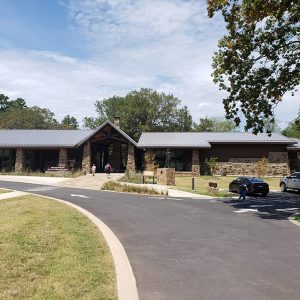 Hardison Center
Hardison Center  Hardison Statue
Hardison Statue  T. W. Hardison
T. W. Hardison 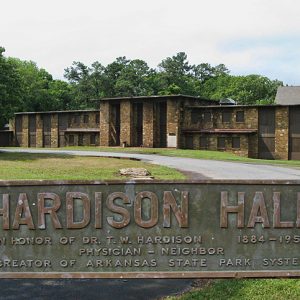 Hardison Hall
Hardison Hall 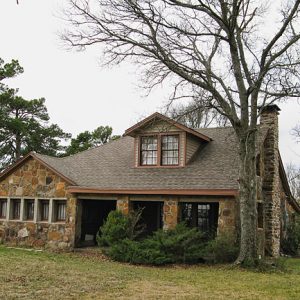 Hardison House
Hardison House 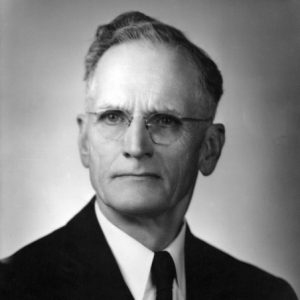 T. W. Hardison
T. W. Hardison 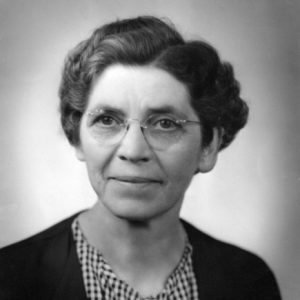 Julia Hardison
Julia Hardison 



Comments
No comments on this entry yet.